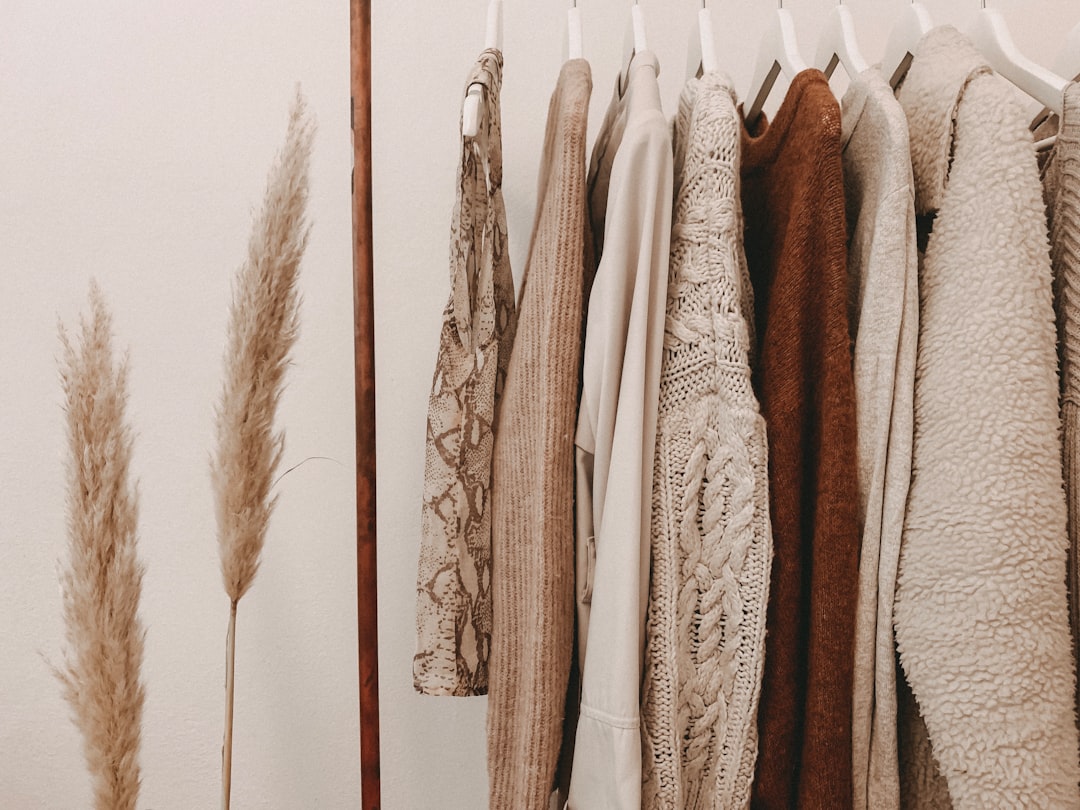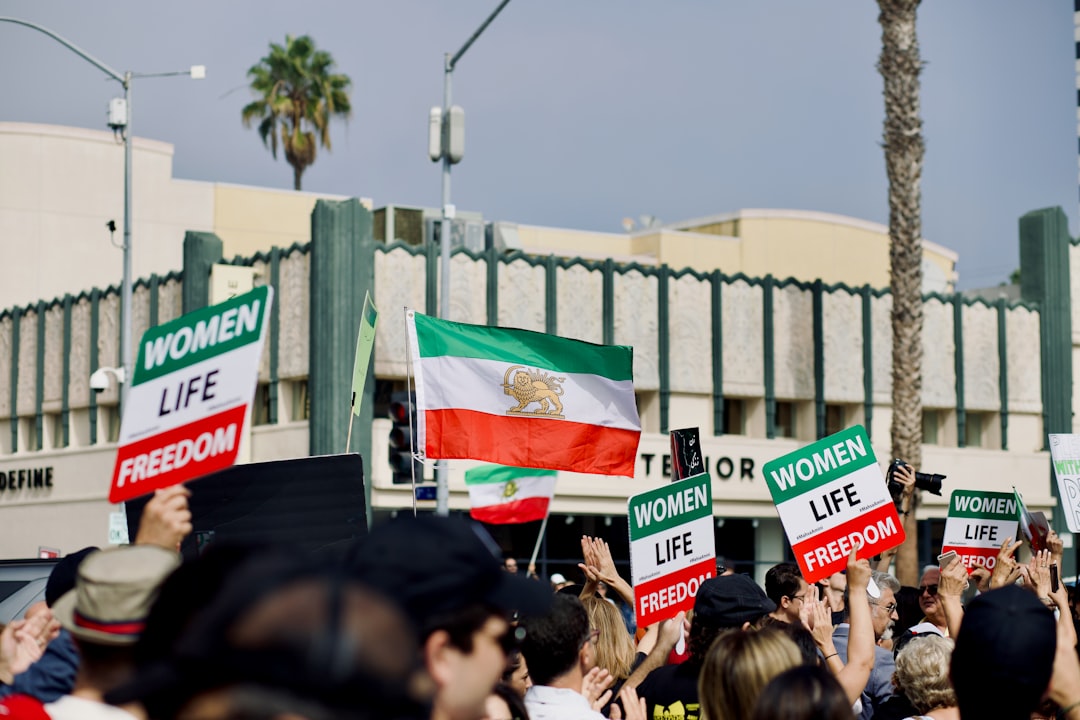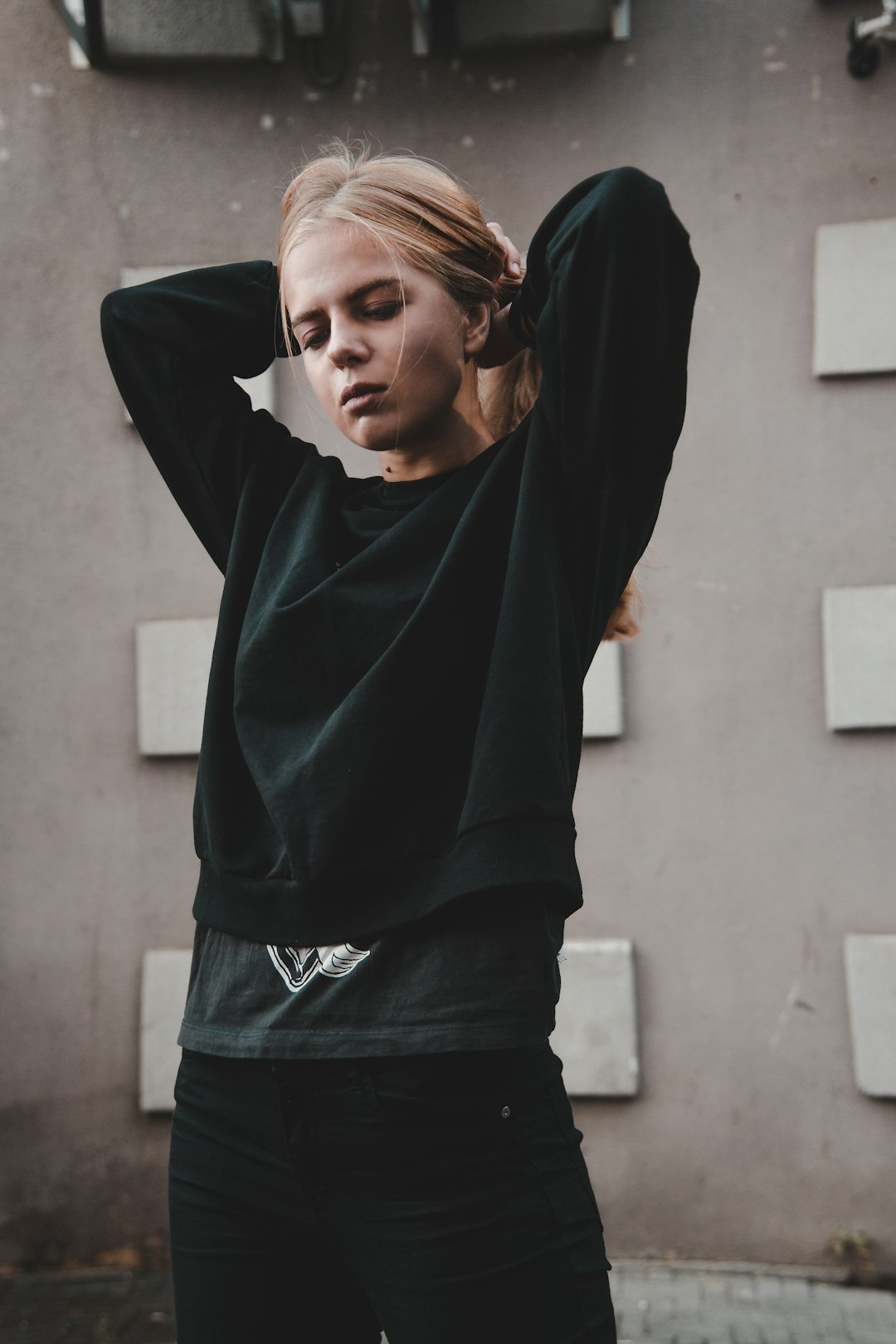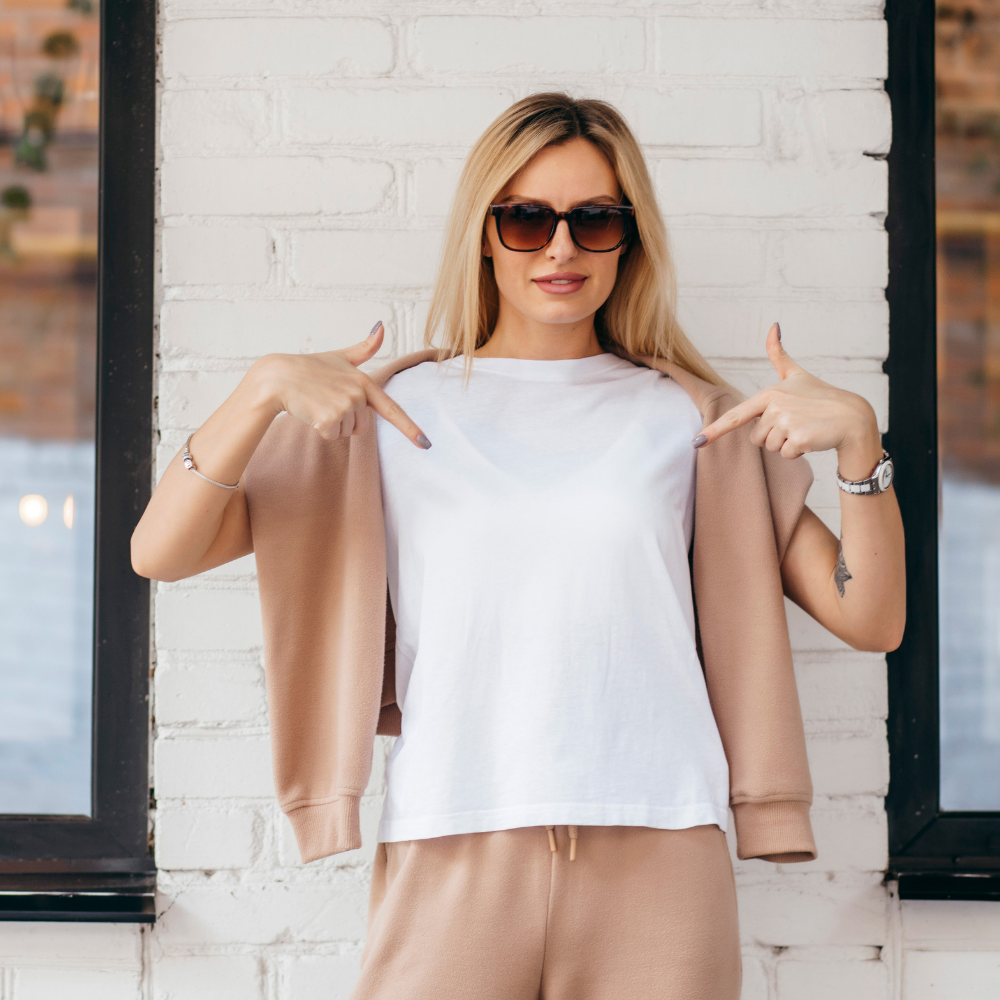The Controversy Surrounding 'I'm With the Banned' Shirts
Fashion has long been a form of expression, a way to make a statement without saying a word. Statement tops, particularly those like the 'I'm With the Banned' shirts, have become a canvas for protest, solidarity, and at times, controversy. In this article, we delve into the emergence of these shirts, their significance, and the debates they've sparked.
Understanding the 'I'm With the Banned' Phenomenon
Statement tops are not a new concept. From band tees to slogan sweatshirts, clothing has been used to convey messages for decades. The 'I'm With the Banned' shirts, however, have a unique place in the landscape of rebel wear. These shirts are often worn as a show of support for groups or individuals who have been censored or ostracized.
The Origin of the Phrase
The phrase 'I'm With the Banned' is a play on words, a twist on the more familiar "I'm With the Band" seen on fan merchandise at concerts. The reimagined slogan gained traction as a form of protest against various forms of censorship and exclusion.
Popularity and Adoption
The shirts have been donned by activists, celebrities, and everyday individuals alike, turning them into a popular form of rebel wear. They've been spotted at protests, on social media, and even on the red carpet, each appearance sparking conversations and, sometimes, controversy.
The Power of Statement Tops

by Alyssa Strohmann (https://unsplash.com/@anotherlovely)
Statement clothing has the ability to transcend fashion trends and become a powerful tool for advocacy and rebellion.
Expression and Solidarity
Wearing a statement top like 'I'm With the Banned' is an immediate way to express one's views and show solidarity with a cause or group. It's a form of visual communication that can bring together people with shared values.
The Impact on Society
These shirts can also serve as a catalyst for discussion, raising awareness about the issues at hand. By bringing controversial topics into the public eye, they challenge people to think critically and form opinions on the matters being addressed.
The Controversy Behind the Message

by Craig Melville (https://unsplash.com/@craigmelville)
While statement tops are designed to send a message, they also have the potential to incite debates and backlash. The 'I'm With the Banned' shirts are no exception.
The Debate Over Censorship
The slogan's play on words opens up a broader discussion about censorship. Supporters argue that the shirts highlight the importance of free speech and the dangers of silencing voices. Critics, on the other hand, may claim that the shirts oversimplify complex issues or may inadvertently support harmful rhetoric under the guise of anti-censorship.
The Reaction from Different Groups
The shirts have received mixed reactions from various groups. Some celebrate them as a bold fashion choice that takes a stand, while others condemn them as insensitive or inappropriate, depending on the context in which they are worn and the entities they are perceived to support.
The Role of Fashion in Activism
Fashion has always been an accessible medium for activism. By wearing their beliefs on their sleeves—literally—individuals can engage in passive activism that still makes a strong statement.
The Intersection of Fashion and Politics
The 'I'm With the Banned' shirts are a prime example of the intersection between fashion and politics. They demonstrate how clothing can be both a personal style choice and a political statement, blurring the lines between these two realms.
The Ethics of Fashion Statements
With the rise of such statement tops, ethical considerations come into play. It's important to consider the source of these shirts, ensuring they are produced in a way that aligns with the values they represent. This includes fair labor practices and sustainable manufacturing.
Navigating the Backlash
Despite the best intentions, statement tops like 'I'm With the Banned' can sometimes lead to unintended consequences. Navigating the backlash involves understanding the perspectives of both supporters and detractors.
Addressing Criticism
Those who choose to wear these shirts should be prepared to address criticism and engage in constructive dialogue. It's important to listen to opposing views and clarify the intent behind the message.
The Responsibility of the Wearer
Wearing a statement shirt comes with a certain responsibility. The wearer should be informed about the issues they are representing and be ready to stand behind the message they are broadcasting to the world.
The Future of Statement Tops

by Ilya Mirnyy (https://unsplash.com/@mirnyy)
As society evolves, so too does the role of statement clothing. The future of tops like 'I'm With the Banned' is likely to remain dynamic, reflecting the changing tides of political and social movements.
Continual Relevance
Issues of censorship, free speech, and rebellion are unlikely to disappear, ensuring that statement tops remain relevant. They will continue to serve as a tool for individuals to express their views and align themselves with causes they believe in.
The Evolution of Messages
As new challenges arise, the messages on statement tops will evolve to address them. This ensures that fashion remains a timely and responsive medium for expression and activism.
Conclusion
The 'I'm With the Banned' shirts are more than just a fashion statement—they are a symbol of defiance and a conversation starter. They highlight the complex relationship between expression, censorship, and the right to dissent. Whether celebrated or criticized, these statement tops continue to be a significant part of the dialogue surrounding freedom of speech and the power of clothing as a form of protest.
By wearing such tops, individuals participate in a larger discourse and contribute to the ongoing narrative of activism in fashion. As the conversation continues, it's clear that statement clothing will remain a potent tool for those looking to make their voices heard, one shirt at a time.


